Let’s briefly explore the ‘Very Strange Symptoms Of COVID is Surging Again And Here Are The Symptoms Being Reported’ COVID-19 cases are surging in China as the country stops its “zero COVID” policy, and health officials are deeply concerned about new variants and mutations spreading to other countries. “First and foremost, any time there is death and illness anywhere around the world, we want to see a situation like that come to an end,” says State Department spokesperson Ned Price. “When it comes to COVID, secondly, we know that any time the virus is spreading, that it is in the wild, that it has the potential to mutate and to pose a threat to people everywhere. We’ve seen that over the course of many different permutations of this virus and certainly another reason why we are so focused on helping countries around the world address COVID – another reason why bringing this to a close in China would be beneficial.”
Very Strange Symptoms Of COVID is Surging Again And Here Are The Symptoms Being Reported
There are concerns the true number of infections and deaths is being kept under wraps, especially after a post from the Shanghai Deji Hospital indicated there are 5.43 million positives in the city, and that 12.5 million will be infected with COVID by the end of the year. “This year’s Christmas Eve, New Year’s Day, and the Lunar New Year are destined to be unsafe,” the hospital posted on its WeChat account (the post has since been taken down). “In this tragic battle, the entire Greater Shanghai will fall, and we will infect all the staff of the hospital! We will infect the whole family! Our patients will all be infected! We have no choice, and we cannot escape.”
READ ARTICLE: The Best Time To Drink Milk To Get Maximum Benefits- What is the Best Time to Drink Milk?
Experts are worried not enough people in China are up to date with their boosters, which could create a perfect storm for virus mutation. “Whenever you have a large wave of transmissions of a virus, you give it ample opportunity to mutate,” Dr Anthony Fauci said earlier in December. “And when you give a virus the opportunity to mutate, that allows it to form potentially new variants. And once you get a brand new variant that could have an impact on the rest of the world.”
The COVID surge in China is said to be driven by Omicron subvariant BF.7 (short for BA.5.2.1.7)—here are the symptoms to be aware of. Read on—and to ensure your health and the health of others, don’t miss these Sure Signs You’ve Already Had COVID.

Fever is one of the symptoms reported for BF.7, experts say. “The symptoms of an infection with BF.7 are similar to those associated with other omicron subvariants, primarily upper respiratory symptoms,” says Manal Mohammed, Senior Lecturer, Medical Microbiology, University of Westminster. “Patients may have a fever, cough, sore throat, runny nose and fatigue, among other symptoms.
“Reports from China indicate BF.7 has the strongest infection ability out of the omicron subvariants in the country, being quicker to transmit than other variants, having a shorter incubation period, and with greater capacity to infect people who have had a previous COVID infection, or been vaccinated, or both. The high transmission rate of BF.7, taken with the risk of hidden spread due to the many asymptomatic carriers, is understood to be causing significant difficulty in controlling the epidemic in China.”
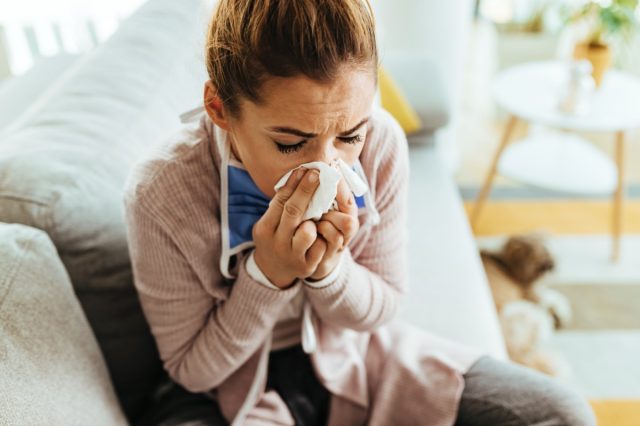
A persistent cough is another symptom of BF.7. Doctors say those suffering from a cough should stay hydrated, gargle with warm salt water, and use cough lozenges to take the edge off. “The best approaches are typically what grandma would advise,” says Dr. Michelle Prickett, a pulmonology and critical care specialist at Northwestern Medicine.
Bear in mind that a cough does not necessarily mean BF.7, especially in the US. “Despite BF.7’s immune-evasive characteristics, and worrying signs about its growth in China, the variant seems to be remaining fairly steady elsewhere,” Mohammed says. “For example, in the US it was estimated to account for 5.7% of infections up to December 10, down from 6.6% the week prior.”
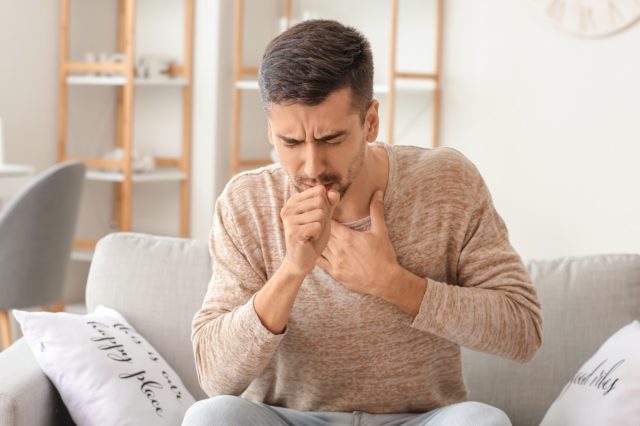
Like BA.5, BF.7 may present as a very sore throat, similar to a cold. “People… have reported having a sore throat that feels similar to what you might experience during a cold, giving a ‘scratchy’ or irritated sensation,” according to the ZOE study app. “COVID-related sore throats tend to be relatively mild and last no more than five days. A very painful sore throat that lasts more than five days may be something else, such as a bacterial infection, so don’t be afraid to contact your GP if the problem persists.
“It’s important to remember that sore throats are common and caused by lots of respiratory illnesses such as normal colds. So although many people with COVID-19 experience sore throats, most people with a sore throat will not have COVID-19. Regardless of vaccination status, someone who catches the Omicron variant is significantly more likely to have a sore throat than someone who had an earlier variant.”
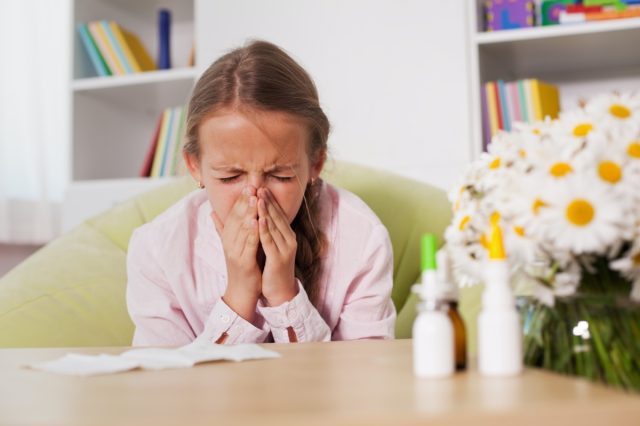
A runny nose is another symptom of BF.7, similar to previous subvariants. “During the [2021] winter wave, we noticed that a runny nose was the second most commonly reported symptom in the app after headaches,” says the ZOE study app. “And nearly 60% of people who tested positive for COVID-19 with loss of smell also reported having a runny nose. While symptoms like cough, fever and loss of smell are common in those who test positive for COVID-19, we found that having a runny nose and sneezing was only very slightly more common in people who tested positive for COVID-19 than those who tested negative.”
So, short of getting tested, how likely is a runny nose to be linked to COVID? “Our data shows that when rates of COVID-19 are high, the chances that a runny nose is due to coronavirus infection is high. But when rates of COVID-19 are low, it’s less likely to be a symptom and more likely to be due to another cause such as a cold or allergy.”
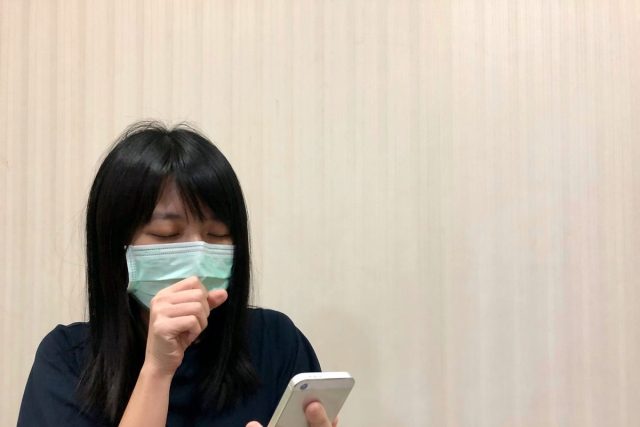
Experts are warning BF.7 is vastly more transmissible than BA.5—Belgium has seen 25% of worldwide cases, and Denmark, Germany, and France have seen 10%. The CDC gave BF.7 its own category separate from BA.5 once US cases hit 1%. “The same growth advantage in multiple countries makes it reasonable to think that BF.7 is gaining a foothold, and that it’s potentially more transmissible than parent BA.5,” says Dr. Stuart Ray, vice chair of medicine for data integrity and analytics at Johns Hopkins Department of Medicine. “Children of variants don’t grow relative to their parent unless they have an advantage.”
Like other Omicron subvariants, BF.7 has a change in spike protein that allows it to invade cells. Dr. Ray believes COVID and Omicron specifically are becoming more immune-evasive. “It’s been a while since we went from Alpha to Beta to Gamma to Delta, then to Omicron,” Dr. Ray says. “We may be complacent. This may be feeding into the notion that this is behind us.”
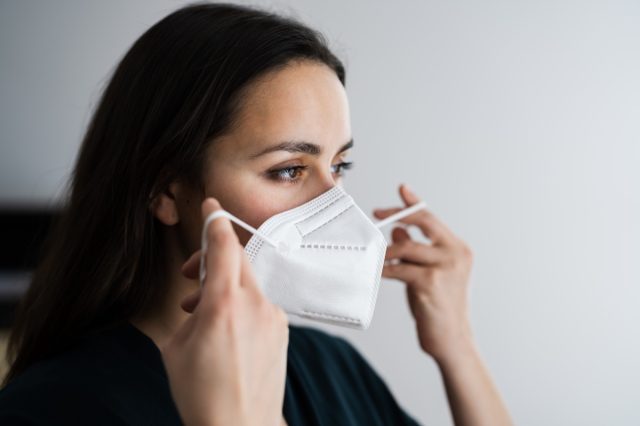
Follow the public health fundamentals and help end this pandemic, no matter where you live—get vaccinated or boosted ASAP; if you live in an area with low vaccination rates, wear an N95 face mask, don’t travel, social distance, avoid large crowds, don’t go indoors with people you’re not sheltering with (especially in bars), practice good hand hygiene, and to protect your life and the lives of others, don’t visit any of these 35 Places You’re Most Likely to Catch COVID.
ALSO READ: Is Coffee Creamer Bad For You? Here Is What Dieticians Think

